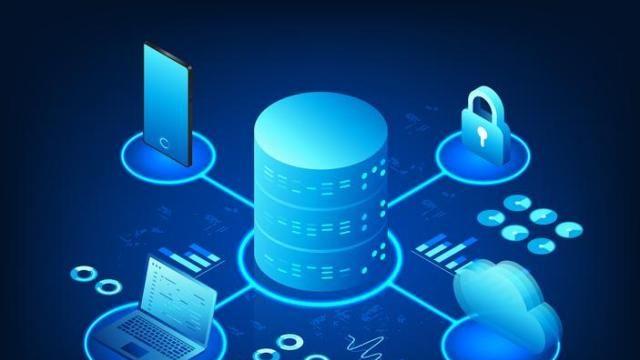(This opinion article was contributed by Joe Kim, Senior Manager, Data Center Division, Cushman & Wakefield Korea)
SEOUL, August 08 (AJP) – Achieving both operational efficiency and sustainability is becoming an increasingly critical challenge across the real estate sector. Data centers are no exception. Given their immense energy demands and dependence on stable power supply, the need for sustainable innovation is more urgent than ever. According to the International Energy Agency (IEA), the Asia-Pacific region accounts for approximately 50 percent of the world’s total power generation. While the industrial sector remains the primary consumer, the share of electricity consumed by data centers is rapidly increasing, a trend that is expected to accelerate as advancements in computing technology intersect with global warming and growing cooling demands.
Traditionally, data centers are considered among the most difficult assets to decarbonize. However, the era of green data centers is now firmly underway. The market is witnessing the expanded use of sustainable construction materials and a variety of innovative methods aimed at reducing embodied carbon. For instance, a hyperscale operator in North America is piloting the use of cross-laminated timber (CLT) in data center construction, targeting a carbon-negative footprint.
Yet, sourcing renewable energy alone is not sufficient to achieve true sustainability in data centers. Given the regional disparities in energy mix availability, maximizing internal operational efficiency is emerging as a key driver of meaningful ESG outcomes. One major benchmark for measuring this operational efficiency is Power Usage Effectiveness (PUE). PUE is defined as the ratio of a data center’s total energy usage to the energy used by IT equipment alone. A lower PUE indicates reduced energy waste across non-IT systems such as cooling and lighting, reflecting higher operational efficiency. In short, the lower the PUE, the greater the environmental and cost efficiency of the data center.
C&W Global Research analyzed average power tariffs across the Asia-Pacific region as of November 2024, finding an average of approximately 11.5 cents per kilowatt-hour. According to their analysis, a data center with a 20MW IT load operating at a PUE of 1.5 would face annual electricity costs of around .2 million. However, improving the PUE by just 0.1 could save approximately .9 million per year, while also alleviating the burden on local power infrastructure. In countries like South Korea, where the national energy mix remains heavily reliant on fossil fuels, enhancing internal operational efficiency has evolved from a competitive advantage to an essential requirement for ESG compliance.
Against this backdrop, several leading operators are crystallizing their response strategies. One notable example is Empyrion Digital’s KR1 Gangnam Data Center (Gangnam DC), currently under development in Yangjae, Seoul. Designed to meet the growing demand for advanced AI workloads, the facility incorporates cutting-edge thermal management technologies such as Nortek’s StatePoint Liquid Cooling (SPLC), Direct-to-Chip Liquid Cooling (DLC), and Rear Door Heat Exchangers, targeting a PUE of 1.3 or lower. These solutions are expected to reduce water consumption by more than 80 percent compared to traditional cooling methods, offering a significant competitive advantage at a time when resource constraints driven by climate change are becoming increasingly critical. Furthermore, the facility adopts a design featuring Building Integrated Photovoltaics (BIPV) to enable on-site renewable energy generation, further enhancing its sustainability credentials.
As carbon reduction becomes a central agenda across the global economy, examples like Empyrion’s demonstrate how a comprehensive and integrated approach can simultaneously elevate operational efficiency and energy performance, while setting a new benchmark for next-generation ESG infrastructure within the Korean data center market.
